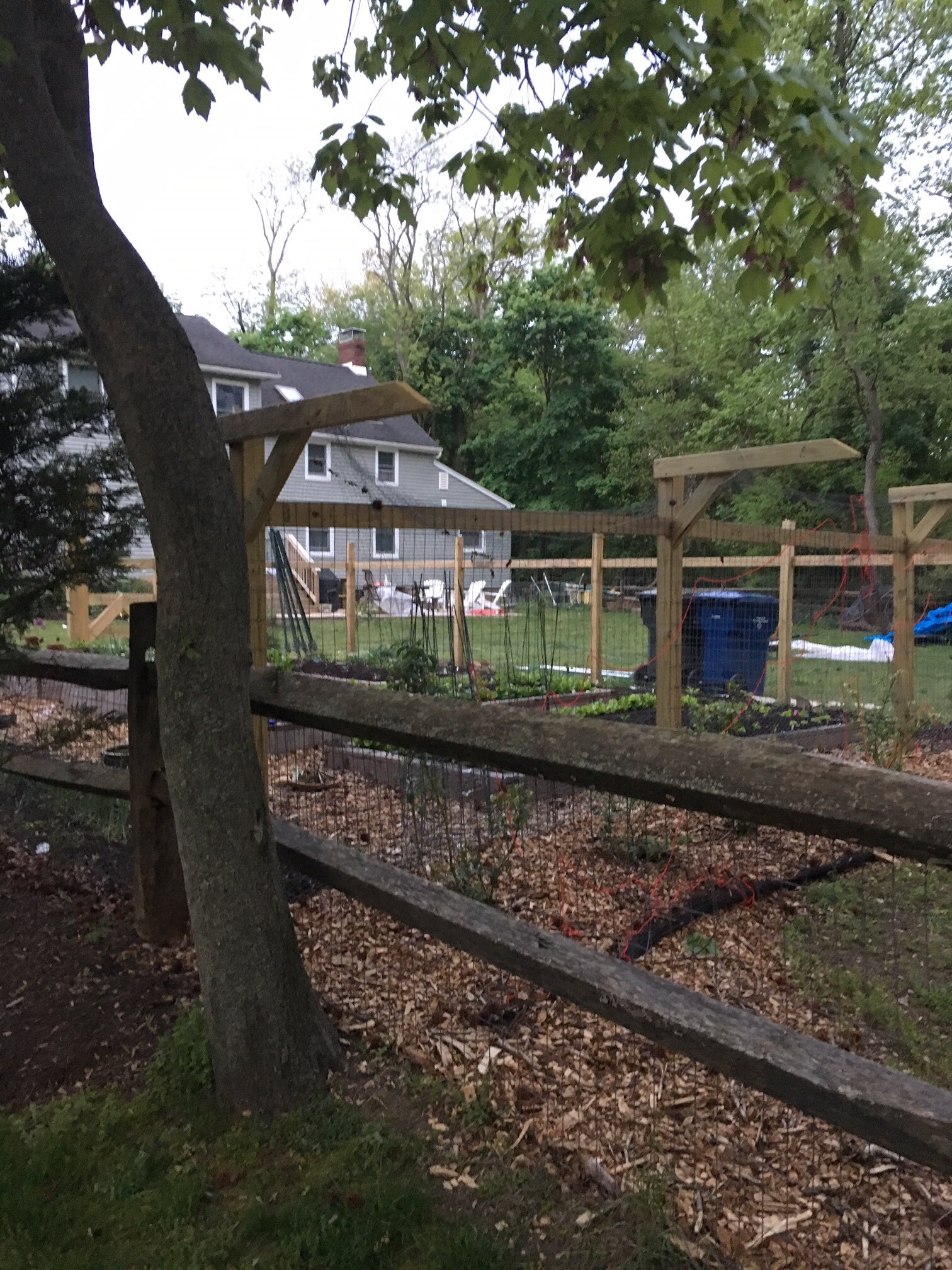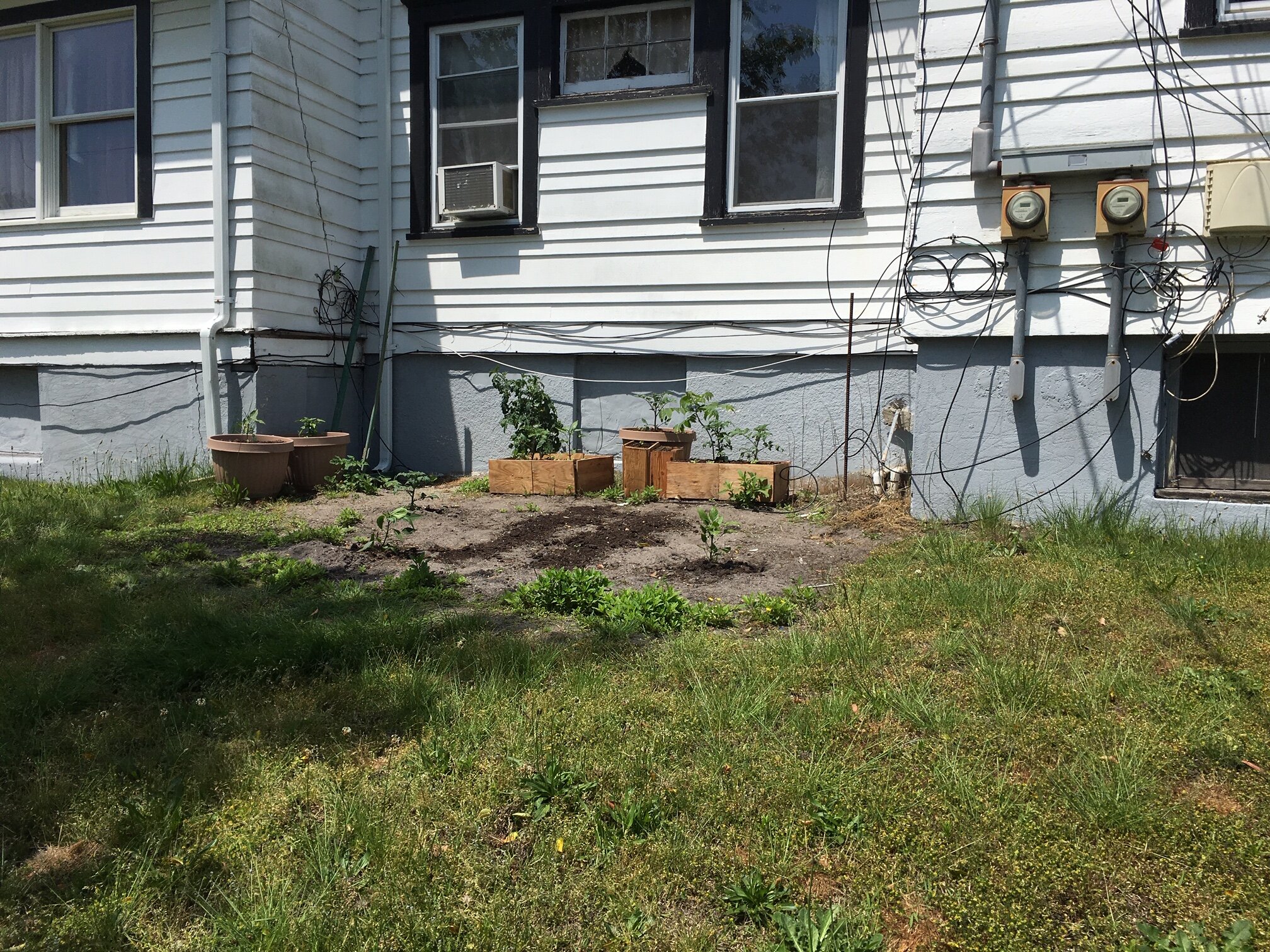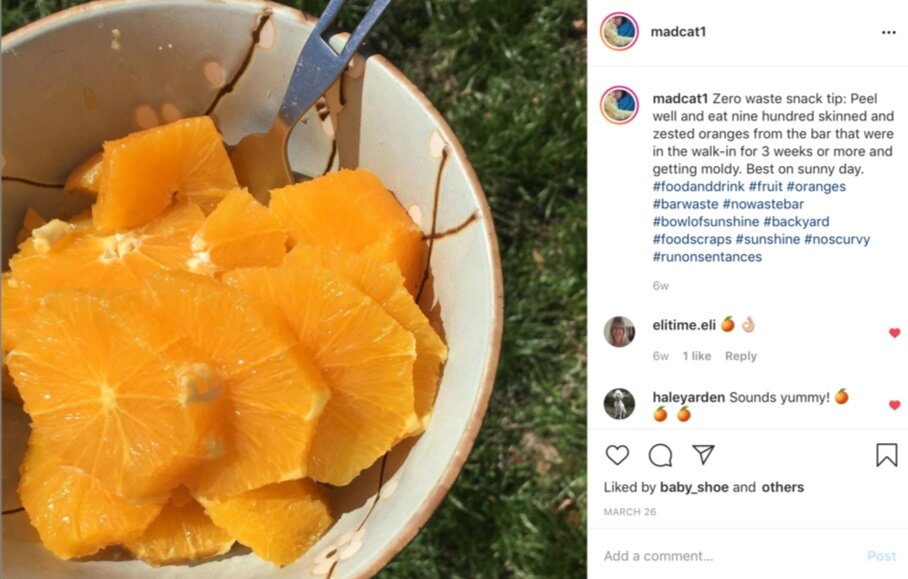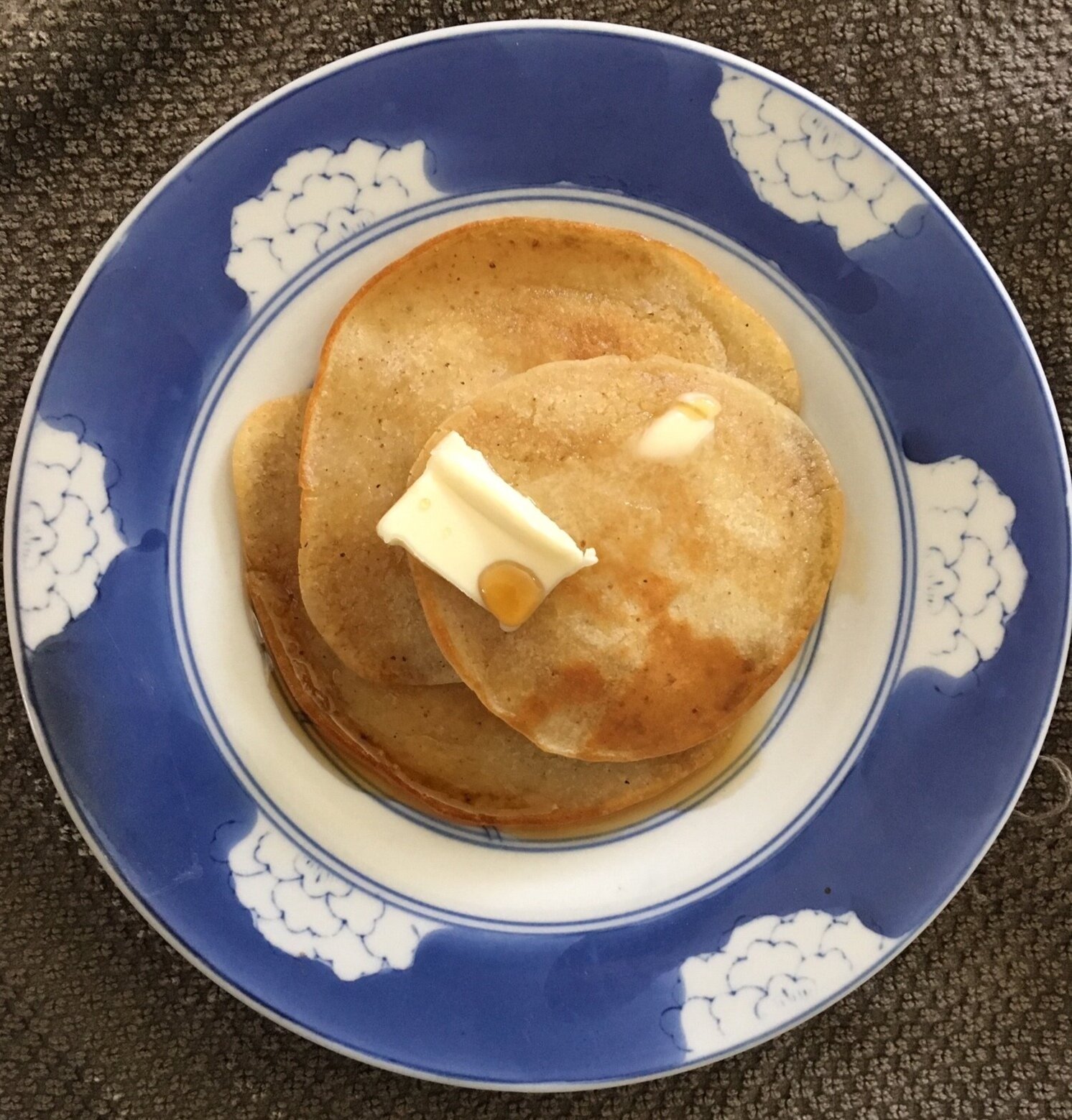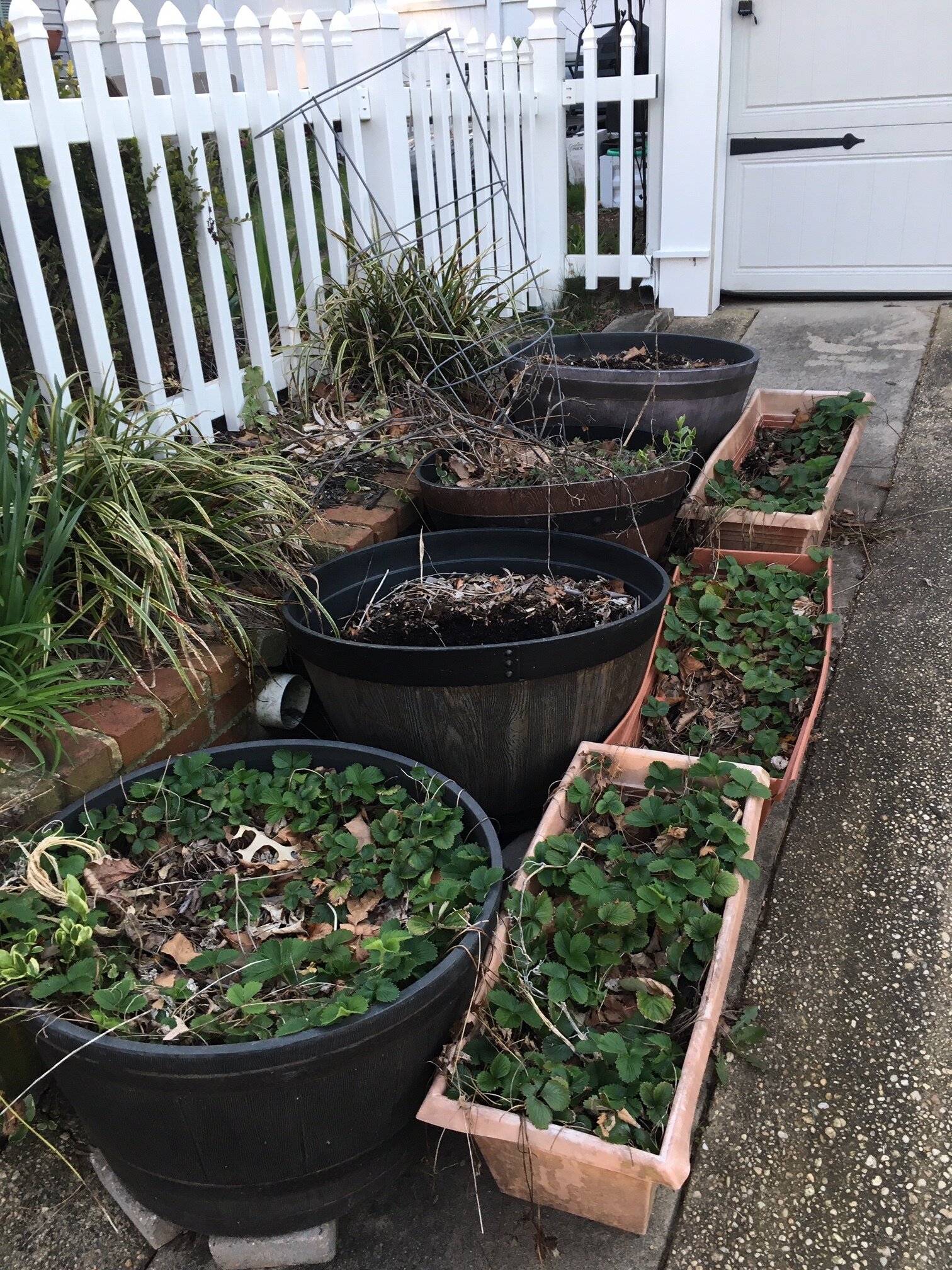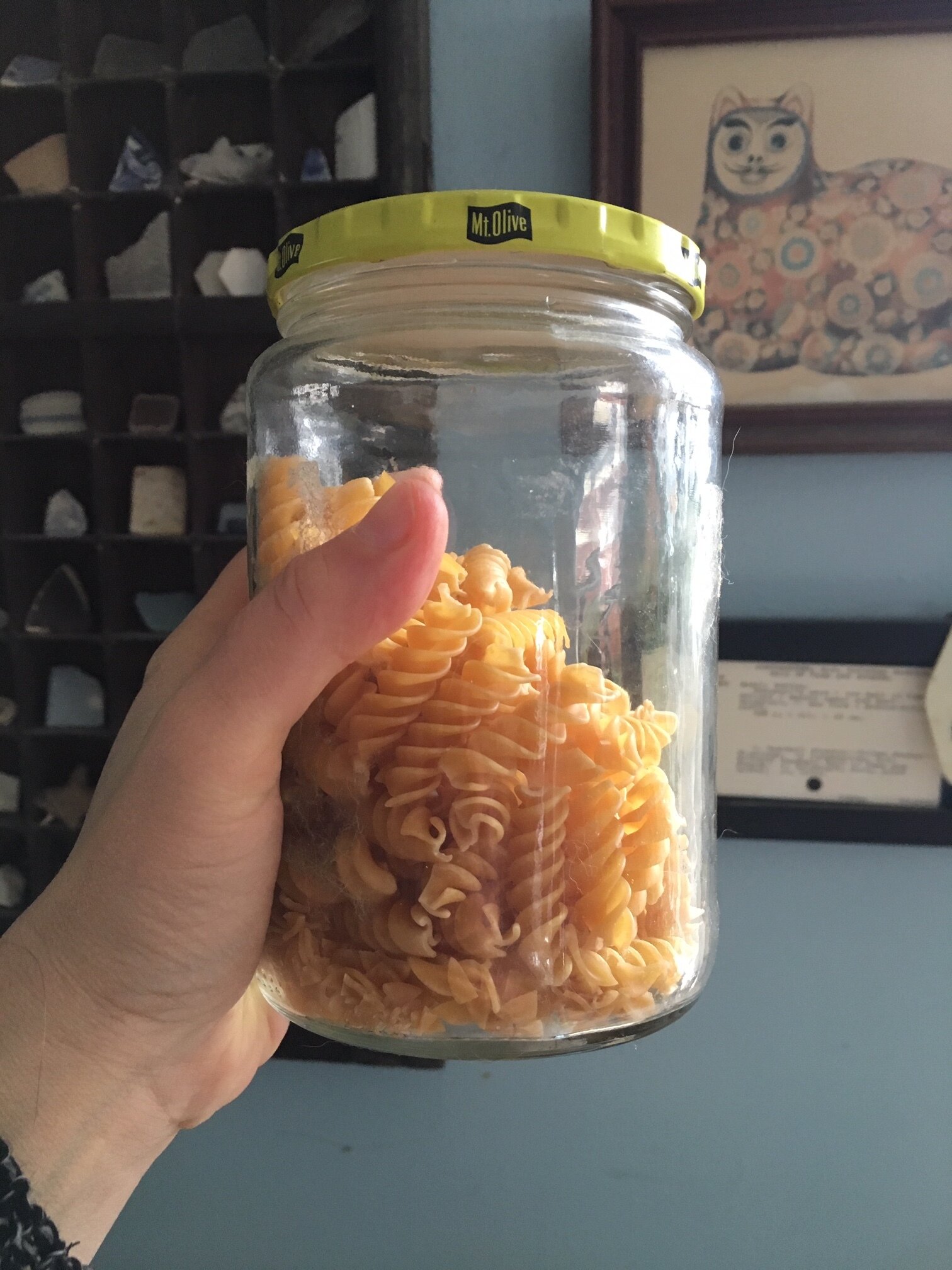Over the last few months, a lot of our zero waste practices have been challenged. Shops and cafe have stopped accepting reusables. Restarants have moved to only take out, with all the plastic packaging that entails. Supermarkets have done away with bilk bins. Disposable masks and gloves literally litter the streets. It all adds up to be very disheartening and demoralizing for those trying hard to fight plastic waste and waste in general.
BUT there is still hope!! Some wonderful side effects have come from the pandemic; carbon emissions are down so much that scientists are actually able to study them in new ways, sound pollution is so lessoned that ornithologists can study bird calls as never before, the canals in Venice Italy are clearer than they have been in a century, light pollution is down, animals are retuning to cities and towns that should be their habitat not ours, and many people in many fields have taken this time to come up with new innovations for a more sustainable future.
As nature tries to rebalance, so must we. Here are some ways to balance a negative with a positive.
Say NO to using plastic bags at the grocery. My grocery will allow reusable bags, as long as I bag them myself. I know people who have put all items back in the cart, no bags, until they reach their can and can bag the items there. Say YES to continuing to use reusable bags.
Say NO to take out. Although we want to support local businesses during this time, we must sacrifice it to some extent when they use all plastic and disposable to go items. Say YES to finding your local spots that use paper or cardboard (pizza is always a good option!). And say YES to cooking at home more!
Say NO to disposable masks. Say YES to buying from an artizen making reusable masks or say YES to making your own!
Say NO to big box stores and groceries for food, plants, or what ever else you need, whenever possible and say YES to local farm markets or stands. Many of these types of locals shops have expanded their inventory at this time.
Say NO to driving, going to the gym, or seeking entertainment in malls or shopping centers. Say YES to long walks, staying local and staying in or around your own home and fining fun activities to do (victory garden anyone?) even AFTER lockdown. For several months we were forced not to do these things, now that things are reopening, you can choose not to do them.
Say NO to shopping for items online and YES to making due with what you have. Or borrow items from friends. Or urban forage.
Say NO to fast fashion and YES to ethical alternatives like online thrift shops. Better yet, say YES to shopping your own closet, decluttering as you go!
Say NO to spending money for the sake of buying and YES to thinking about saving in new ways. For some, the stay at home order and forced furlough or unemployment as well as having to change spending habits have have given people new insights in where and how they spend (and waste) money.
Say NO to thinking only how this time effects us, and YES to how it effects everyone on a global level. A small way to do this is to say YES to wearing your mask in public and continuing to self isolate even after the lockdown is lifted. Another is to donate, volunteer, or come up with other ways to help those more greatly effected then yourself.
Say NO to going right back to NORMAL and say YES to committing to coming up with a life that is more sustainable, more mindful and more fulfilling for YOU.
For our 6 More Months of Zero Waste this months, let’s remember to take what we have learned to balance and carry it with us into the future. Balancing a no with a yes in a sustainable lifestyle is a helpful practice that we can use and share now and many years from now.
What are some other things, activities or ideas that you have balanced during this time?
If you are new to this series, here’s what ew are working on for this 6 moth block. Follow along or pick and choose challenges to try.:
June 2020- Say NO, Say Yes
PLASTIC FREE JULY
August 2020 - carry no disposables
September 2020 - back to school/educate
October 2020 - beach clean
November 2020 - Hidden plastic
December 2020 - Repair before you replace
We started our tackling new zero waste challenges six months at a time in 2019:
January 2019 - Trash Audit
We separated and looked our trash to see what we are throwing away and what we can reduce.
February 2019- Declutter Everything
We went thru what we have to declutter and reduce.
March 2019- Switch to Paper
This month we moved to paper to get one step closer to reusables.
April 2019- Compost
Composting is an easy way to reduce food waste and prevent it from reaching the landfill.
May 2019- Meatless Monday
One of the best ways to improve the environment is to stop eating factory farmed meat and industrial fish. Small steps lead to big change so this month we gave up meat (or dairy or fish) for at least one day.
June 2019- No Bottled Water
We gave up bottled water as an avenue to give up more disposable plastic in Plastic Free July.
July 2019 - Plastic Free July!
Go plastic free this month!
In late 2019, we continued our journey to becoming more zero waste:
November 2019 - Zero Waste Kit
We created a zero waste kit to help us be more zero waste in our day to day life.
December 2019- No Gifts
We took Dec to give no gifts and get no gifts.
January 2020 - Clothing and Fast Fashion
This month we explored what fast fashion is, and how we can stop buying it forever.
February 2020- Use Mass Transit
The shortest month seemed like a good time to explore alternatives to driving our cars.
March 2020 - Bathroom Make-over
You’ve swapped out a few items to more sustainable choices around the house. It’s time to tackle a full room.
April 2020- Grow Your Own Food
April marks the start of spring in the continental USA, and when we can start growing food easily. But there are many ways and time to grow your some of own food.















